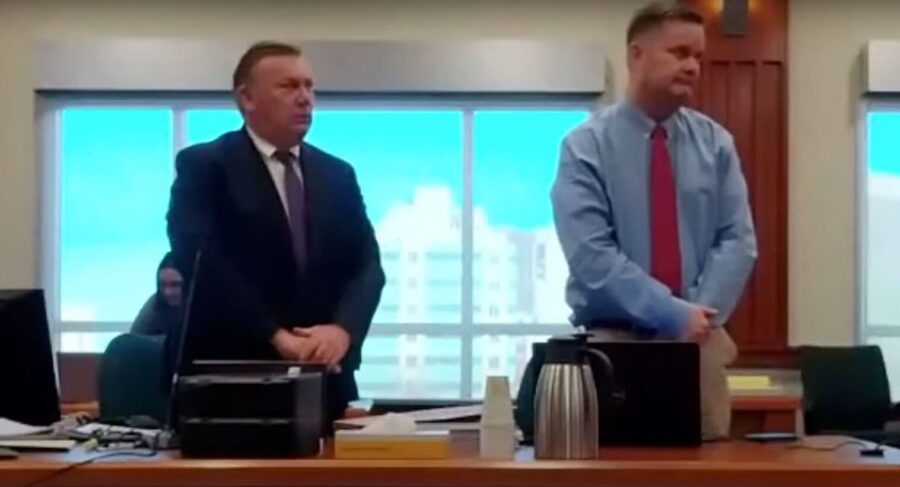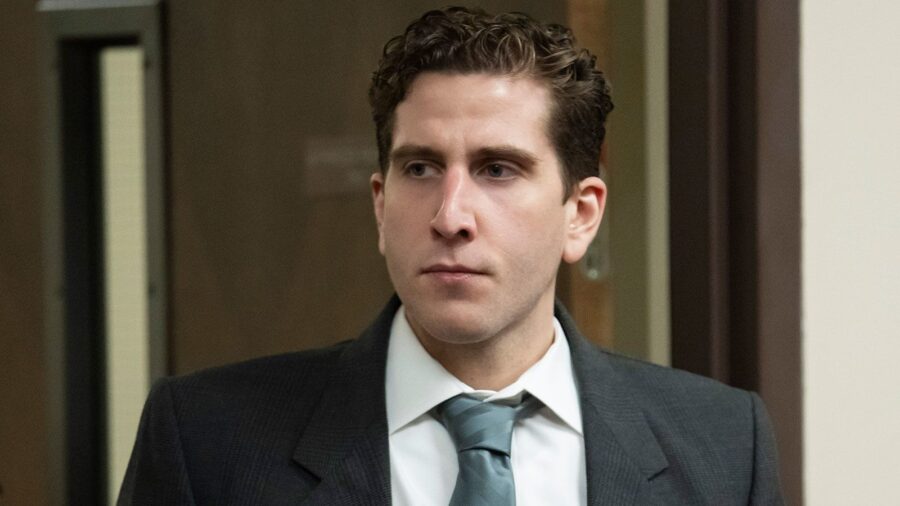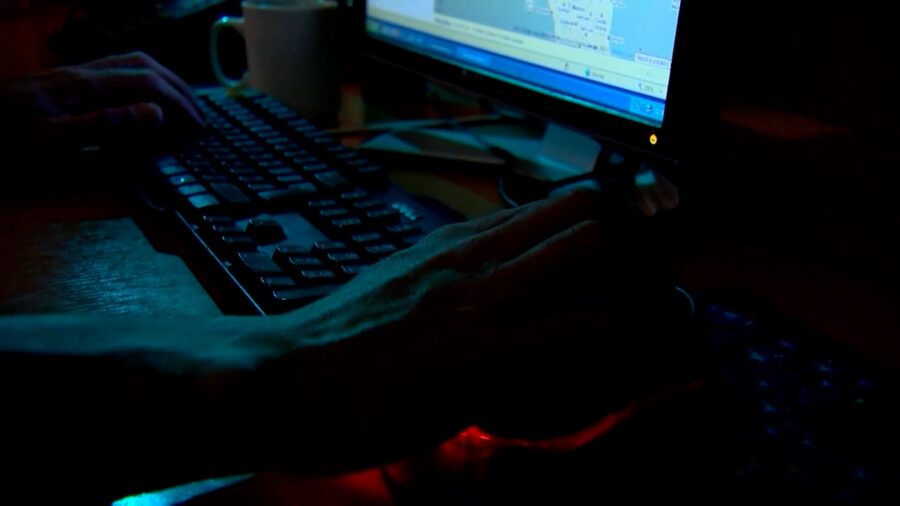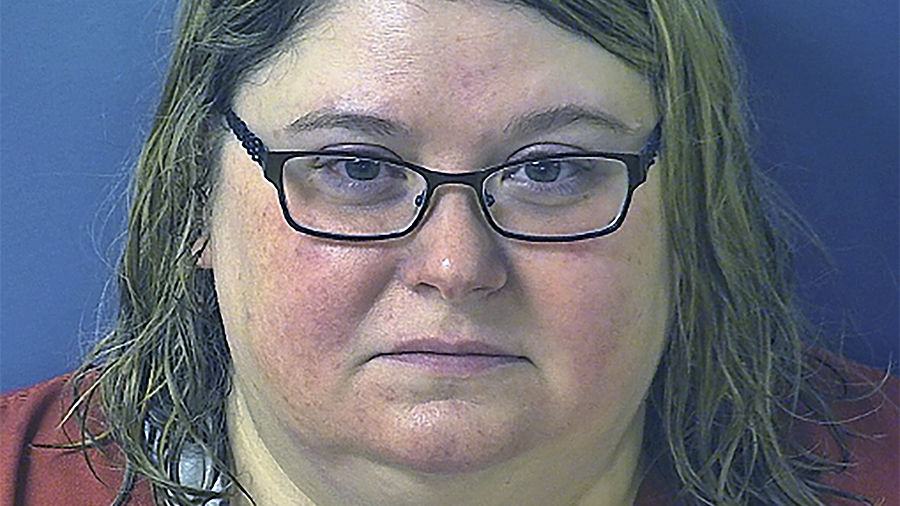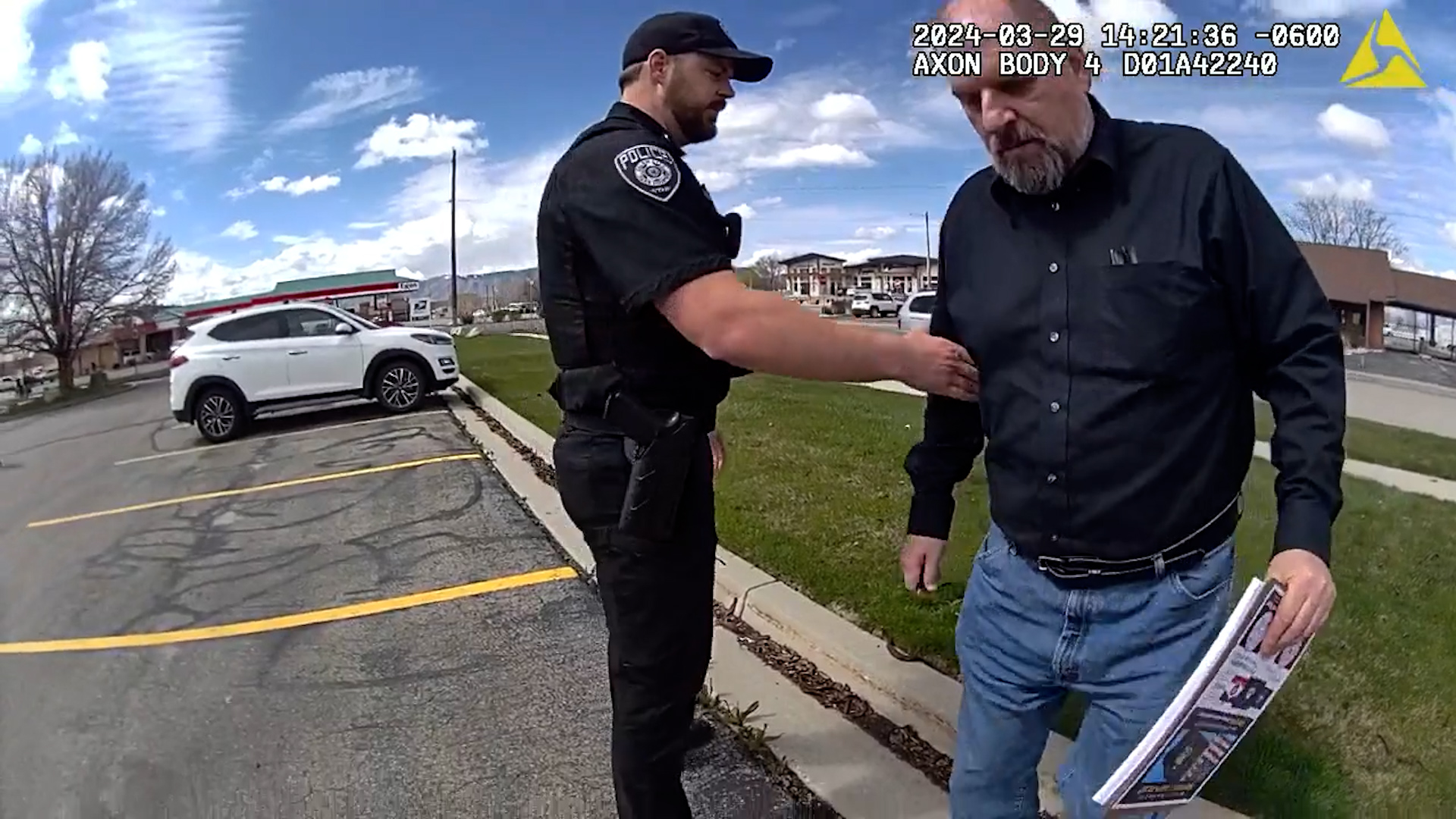Remembering one of Utah’s most heinous murder cases, 50 years later
Apr 22, 2024, 11:06 PM | Updated: Apr 23, 2024, 6:45 am
OGDEN — It’s been labeled as one of the most horrific crimes committed in recent Utah history, because of the atrocities its victims endured — all for the robbery of stereo equipment.
Monday marked 50 years since the Ogden Hi-Fi murders, and one of the people who first responded to the scene all those years ago is looking back on what became a career-defining case, both because of the heinous situation and because of the lessons he learned investigating it.
It may have been half a century ago, but George Throckmorton still remembers what it was like stepping into the Hi-Fi stereo shop in Ogden on the night of April 22, 1974. Throckmorton, a crime scene technician at the time, had just started his graveyard shift at 11 p.m. when he was called to the scene.
“As soon as I got out of the car and went in the building and down in the basement, I started to realize the gravity of what happened,” he remembered.
Hi-Fi murders: A crime the community had never seen
Throckmorton’s job would be to collect evidence for a crime unlike anything the community — and he had ever seen.
“This is absolutely the worst,” Throckmorton said.
Five people were taken hostage during a store robbery, then tortured and shot, killing three of the five hostages.
“Tied them all up, down in the basement of the room. It was a dark room in the basement, with one light bulb in the middle,” Throckmorton recounted.
He said one of the victims had been raped. All were forced to drink drain cleaner more than once, and their mouths taped shut before being shot. One of the survivors had a pen shoved into his ear, Throckmorton said. That man survived, Throckmorton explained, by playing dead.
Collecting evidence
Spending 18 grueling hours in that basement pouring over the sickening scene, Throckmorton collected evidence including fingerprints, which for that time, was about the only forensic evidence they could go on.
“We collected as much as we could. And we took pictures from every angle,” he said.
The next day, he said a tip from Hill Air Force Base of documents discovered on base led to him diving into a dumpster with a detective. Throckmorton explained the wallets and papers found belonged to the victims who had been killed.
The detective with Throckmorton realized that the dumpster was near the room of a suspect from a different murder and car theft they were investigating. Throckmorton described how it led to searching the room of a man named Dale Pierre.
“We got a search warrant and went up to his room and went through his room, tore apart through the ceiling, the drawers, everything we could,” he said. But they found nothing. Throckmorton said the half a dozen detectives began to leave when he had the idea to look under a rug underneath the bunk bed.
“I told the detective, ‘Would you help me move the bunk bed out of the way and see what’s underneath?'” Throckmorton remembers. “And he walked out of the room and says, ‘You can’t hide stereo equipment under a rug,’ and he left.”
Determined to give that one spot one last look-over, Throckmorton said he got an Airman to help him with the bed.
Storage unit lease agreement
“We moved the bunk bed over and when I went down and lifted up the rug, right in between the rug and the padding was a piece of paper. And as I pulled out the paper and looked at it, it was a lease agreement for a storage unit just about one block from the Hi-Fi shop,” Throckmorton explained.
Inside that storage unit, he recounted how investigators would discover the stolen Hi-Fi shop equipment. It led to the arrest of Pierre, who later changed his name to Pierre Dale Selby, and his accomplice William Andrews.
Both men were later executed for the robbery and murders.
The two victims who survived never fully recovered from the injuries they suffered. Both have since passed away.
Throckmorton will always remember that moment of looking in a place where it seemed there was nothing to find.
“If we had not moved that bed and looked under the rug, we wouldn’t have found that (paper), and we would have had absolutely no evidence whatsoever against him,” Throckmorton said.
For a case that turned out to be the most horrific during his 40-year career, it also taught Throckmorton a huge lesson that he would carry with him for every case thereafter.
“I realized the importance of every last detail,” Throckmorton said. “Because you don’t know what’s going to be important and what’s not until after all of the pieces of the puzzle are put together.”



